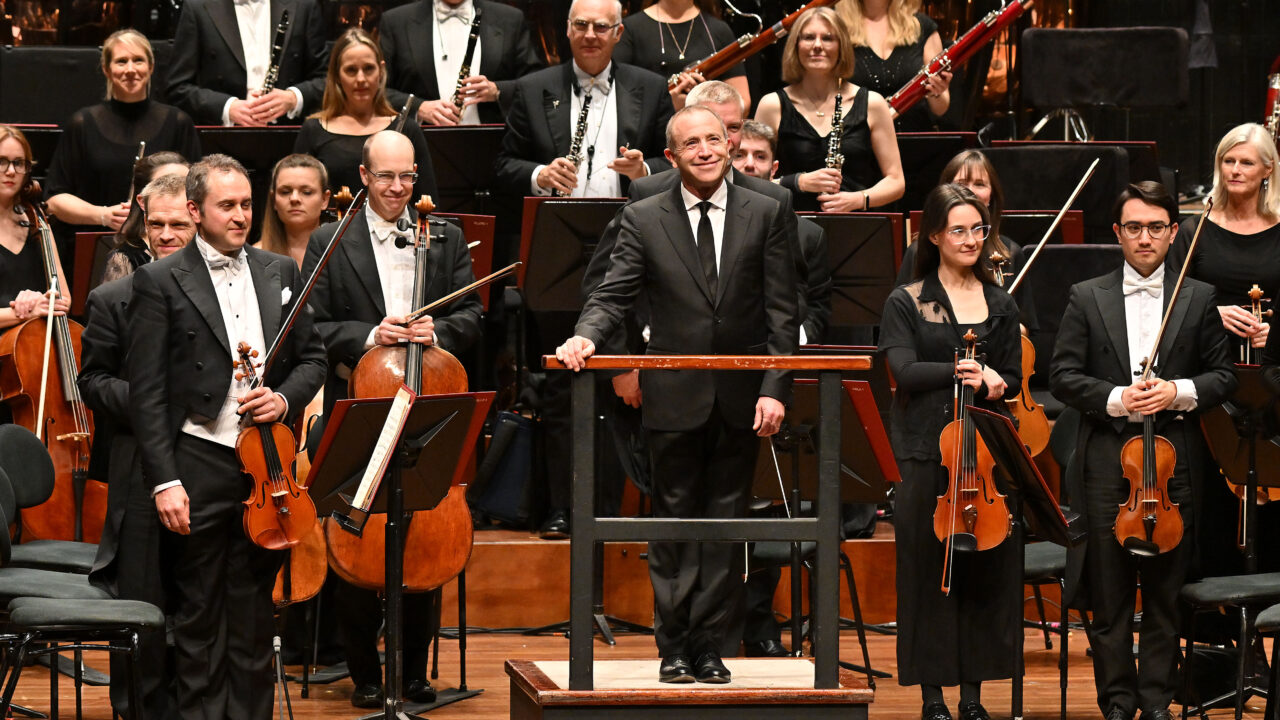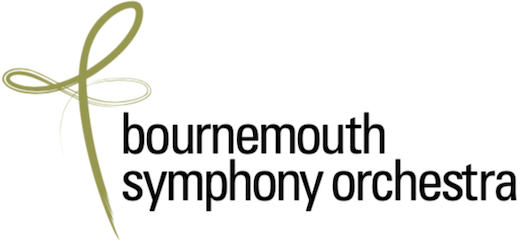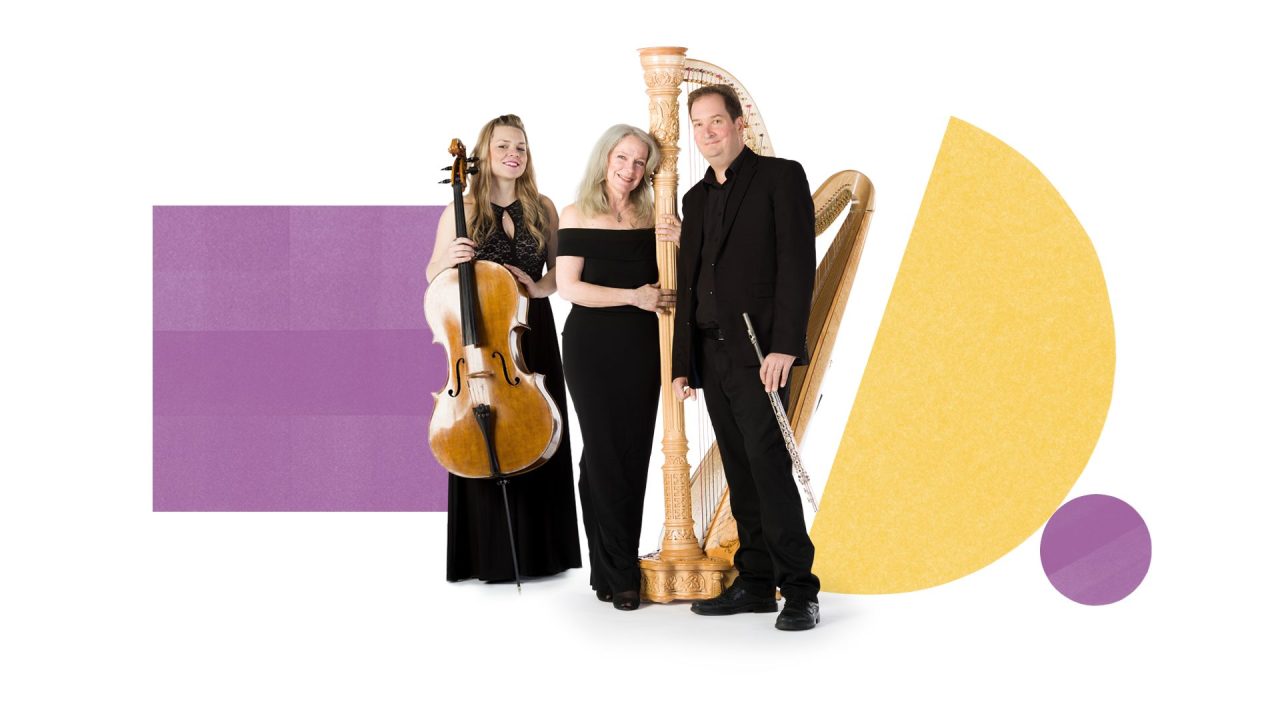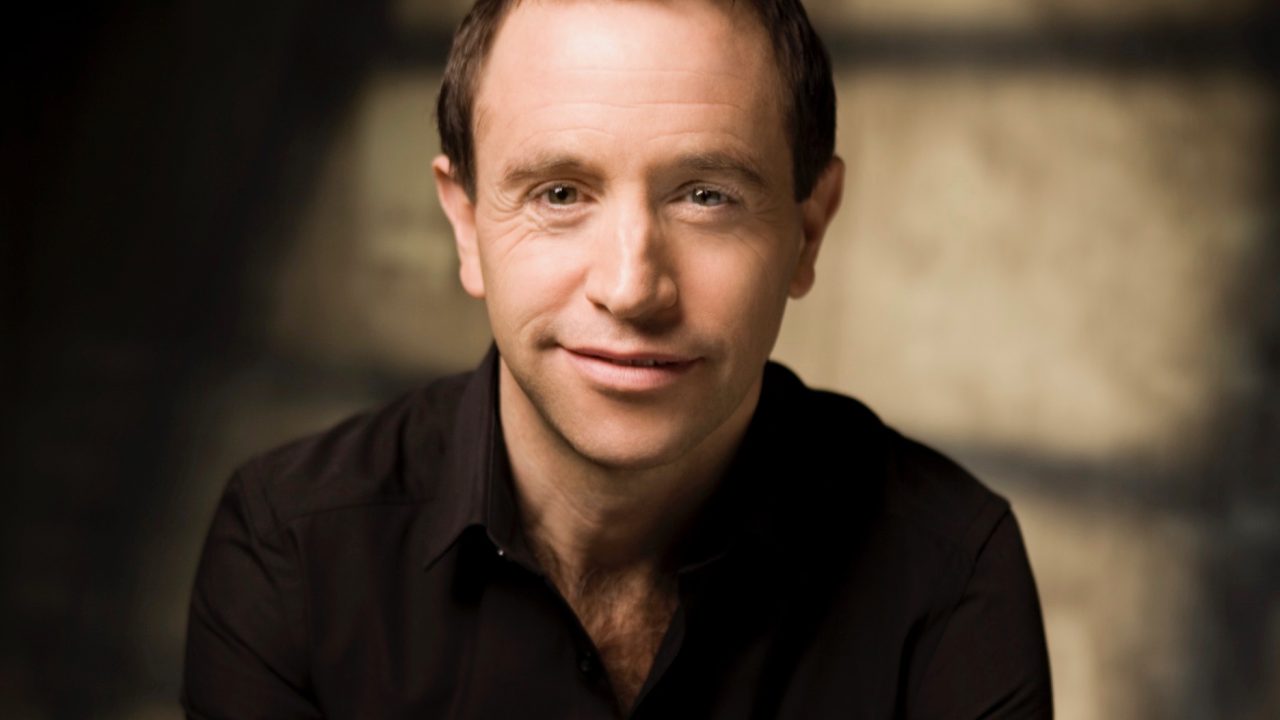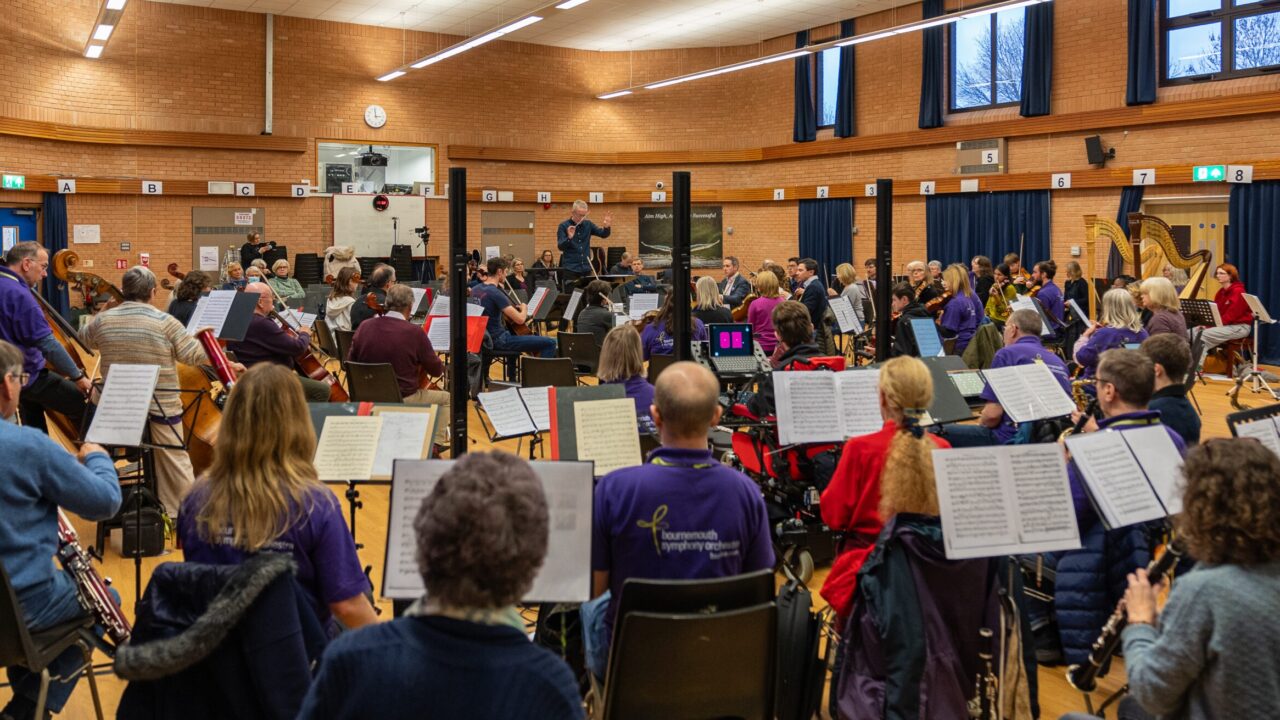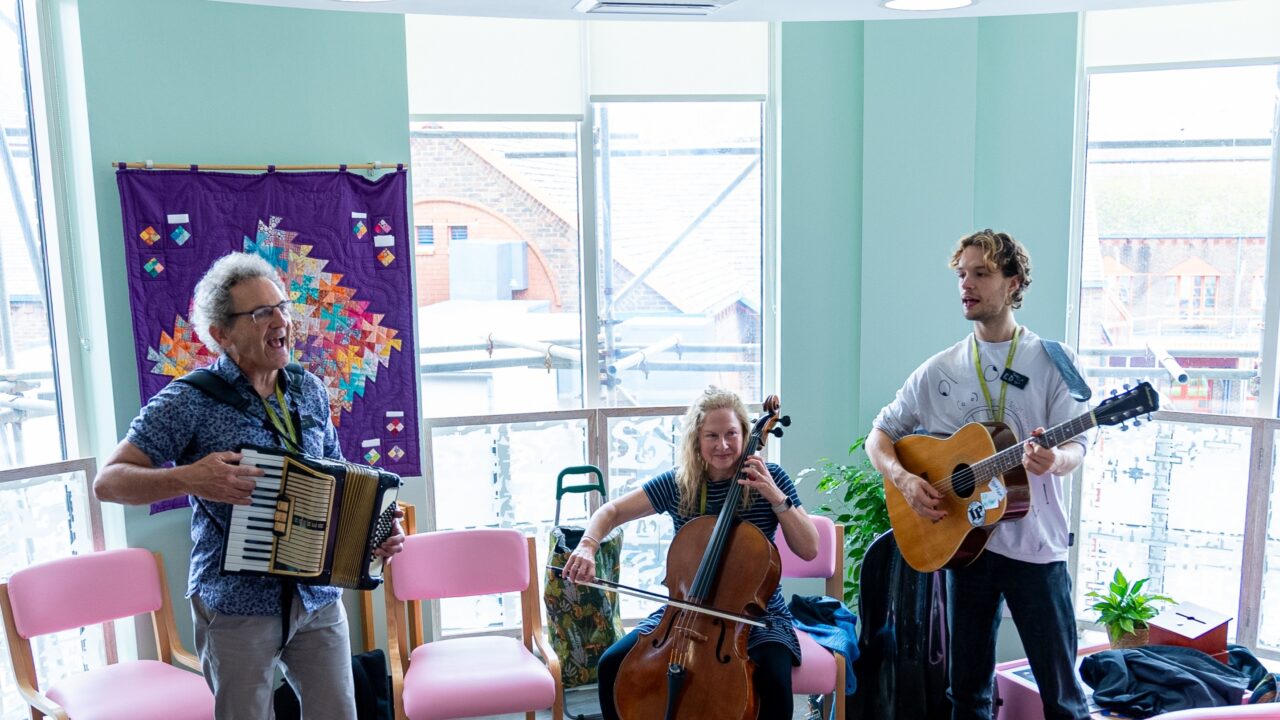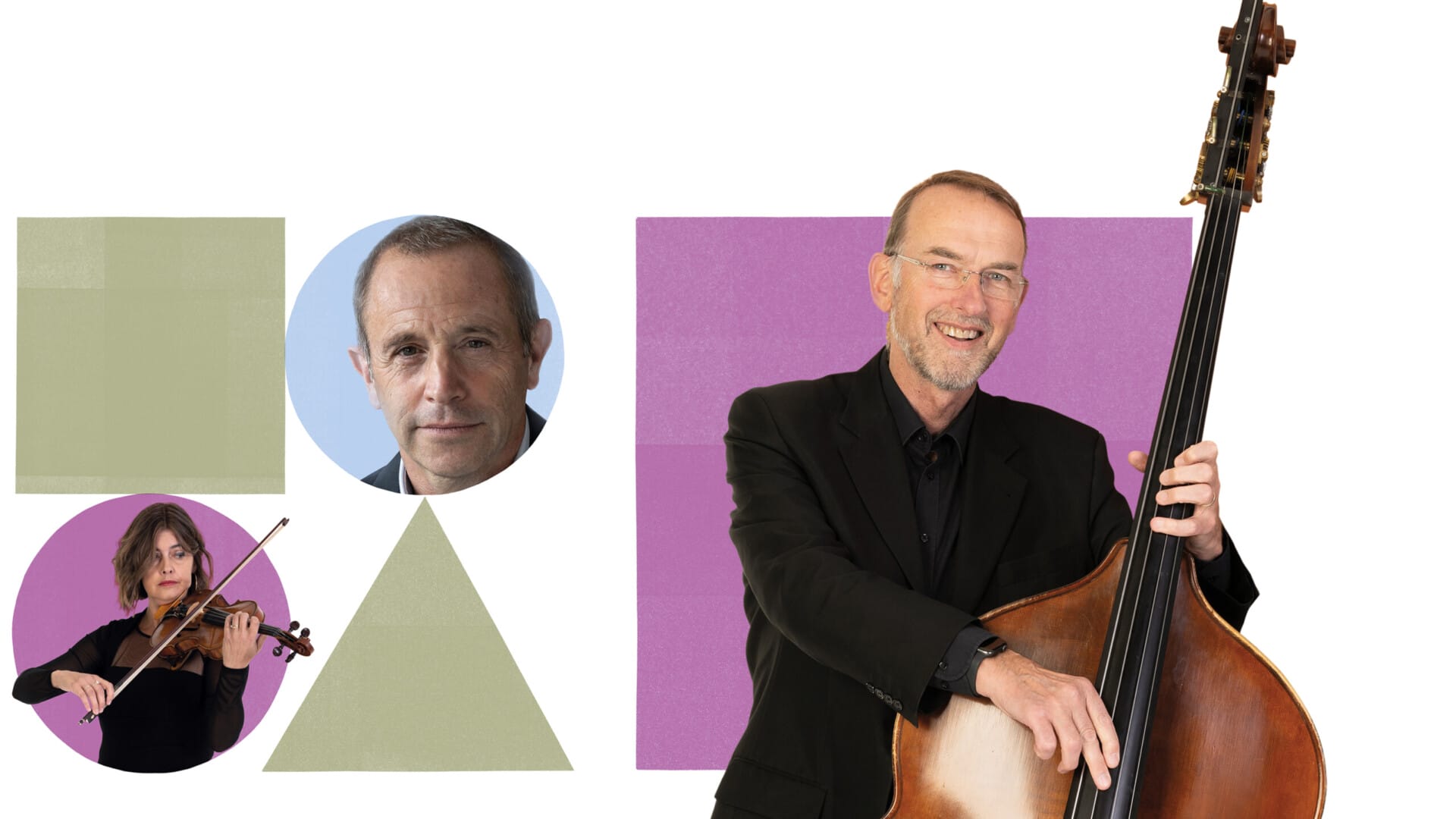Beethoven’s Leonore Overture No.2 is hugely dramatic, mirroring the intensity of the darkest events of the opera it was intended to precede. Derived from music from Act II of Fidelio, it depicts Florestan’s dungeon, to which we are led via dark, descending octaves and dissonant harmonies.
Barber’s emotional masterpiece for strings, his Adagio, was adapted from quartet to string orchestra so that this relatively unknown piece was given a second life as the grand commercial success we know today. The American’s hypnotic, solemn piece coupled with his more Romantic Cello Concerto. A piece of great technical demand for soloist and of a grandeur comparable to Brahms.
Dvořák broke new ground with his Eighth Symphony. Freed from the confines of the sonata form it is a seemingly spontaneous flow of thematic ideas. It has often been described as a “sunny” work, but in truth it is much more than that. With passages of drama, exhilaration, happiness and nostalgia it is unusually animated and tuneful, though it incorporates a streak of melancholy that occasionally erupts into fury, evoking a wide range of human emotions and is yet profoundly optimistic.
Works and composers
Gallery
